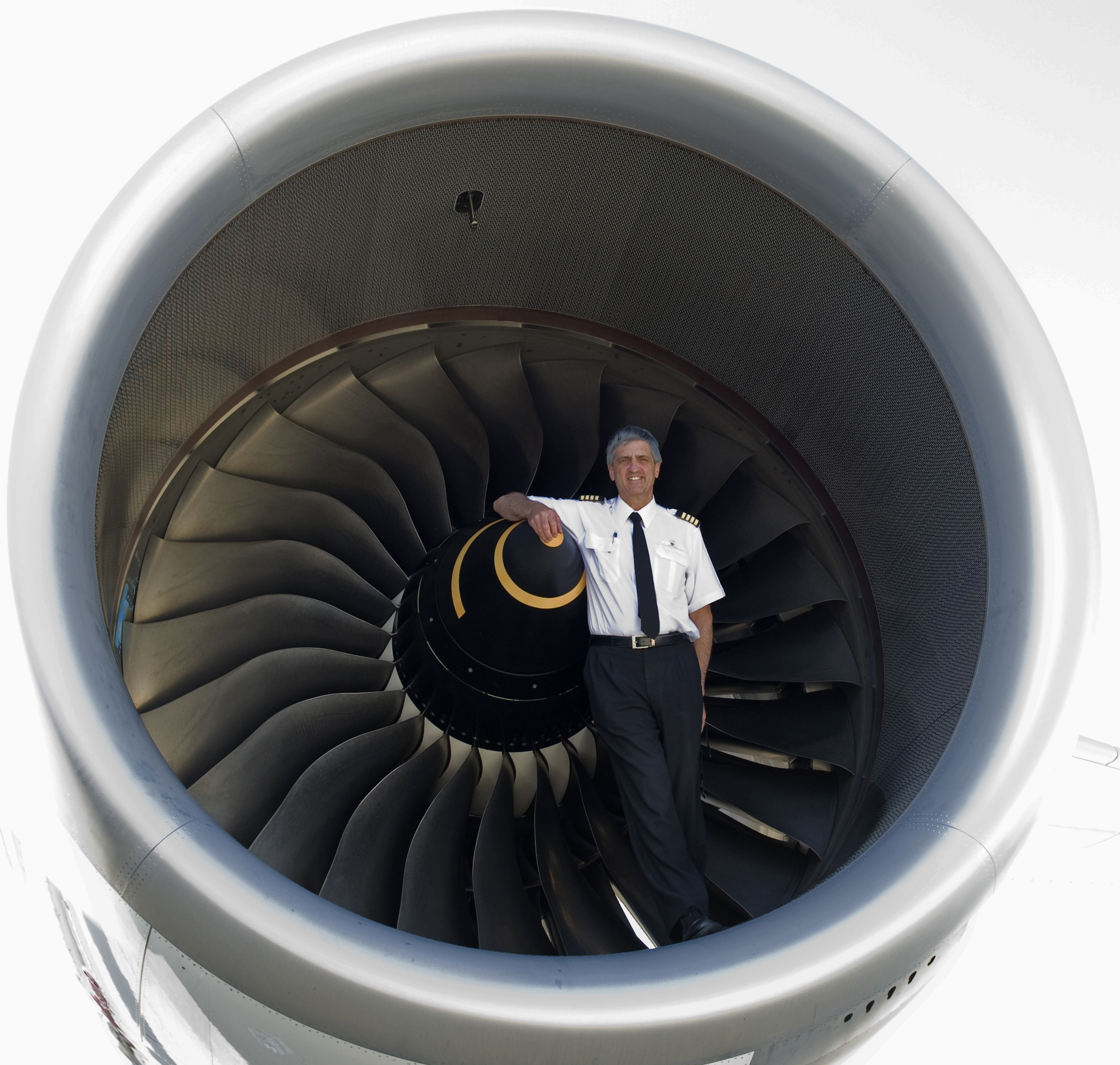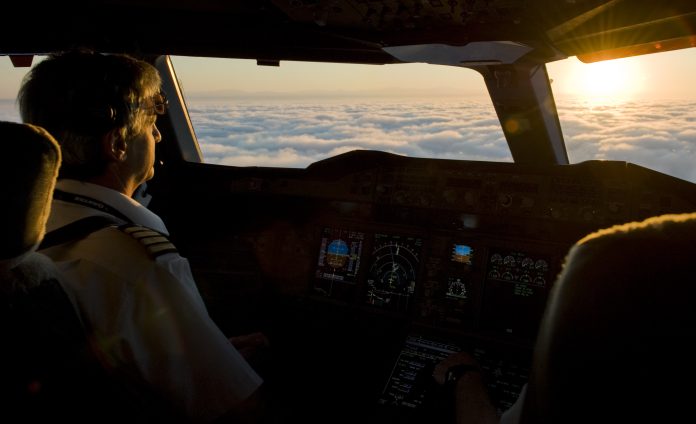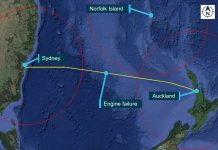Pilot development
An unlikely connection between Apollo 13 and a Qantas A380 crippled by a catastrophic engine failure underscores the value of learning from the experience of others
Crisis for Apollo 13 came in the depths of space but, for former Qantas captain Richard de Crespigny, it came during a flight from Singapore when the equivalent of a small bomb exploded under the wing of the Airbus A380 he was commanding as Qantas flight 32 on 4 November 2010.
A manufacturing fault in a stub pipe delivering oil to one of the Rolls-Royce Trent 900 engines had caused it to fracture.
The subsequent fire in the No. 2 engine caused the intermediate turbine disc to wrench free and disintegrate, sending hundreds of pieces of shrapnel tearing through key systems, cables and the wing.
De Crespigny and his fellow pilots faced a barrage of information from the wounded A380’s electronic centralised aircraft monitoring (ECAM) system as checklists, damage reports, warnings and aural alerts flooded in.
What they wouldn’t know until later was 21 of the aircraft’s 22 systems were damaged, wires and network cables were severed and less than half the electrics and hydraulics were operational.
The flight crew worked frantically together to stabilise the superjumbo and determine which systems were still working. They would ultimately make a spectacular but safe landing at Singapore’s Changi Airport.
There were many factors involved in that successful landing and among them were the lessons de Crespigny had gleaned from the experiences of others. They included the concept of inverted logic used by legendary NASA flight director Gene Kranz during the Apollo 13 crisis.
Faced with a cascade of failures after a command module oxygen tank ruptured, Kranz told his team to stop worrying about what went wrong and concentrate on what was still working on the spacecraft.
It was something de Crespigny remembered as he faced a mind-numbing barrage of ECAM checklists and other system failures.
‘When you invert the logic, instead of being overloaded by the loss of systems and their knock-on effects, you build yourself basically a Cessna out of the parts that are left,’’ he says. ‘You need two wings, enough engines , enough fuel, electrics and brakes.’
De Crespigny argues that inverting the logic when overwhelmed by failures reduces sensory inputs, inhibits the emotional fear response and allows the neocortex to remain in control so people can think mindfully, rationally and logically.

‘Inverting the logic made it so much easier for myself and the crew and the stress levels reduced dramatically,’ he says.
Other lessons he used in dealing with the QF32 crisis included the experience of British Airways Flight 38, a Boeing 777 that lost power from both engines due to ice crystals in the fuel, and El Al Flight 1862.
El Al Flight 1862, a Boeing 747 cargo plane, lost two engines from the right wing, damaged the wing flaps and took out a chunk of the leading-edge slats near Amsterdam’s Schiphol airport in 1992.
The crew was able to return to Schiphol and keep the aircraft circling the airport but were lost control as they tried to land. The aircraft rolled and nosedived into two apartment complexes, killing the crew and 39 people on the ground.
‘That El Al Flight was crucial in my mind in terms of doing control checks – you must – and how you might do control checks,’ de Crespigny says.
The aviation veteran turned author has always been a keen researcher and set up a computer knowledge management system to cross-reference everything he reads.
He believes every pilot should make the effort to learn from the experience of others.
‘Aviation has a just culture to enable everyone to report so you have all these amazing lessons to learn across the whole industry,’’ he says. ‘If you do, it will increase your flying skills and your resilience. You can’t forecast the future, or control it, but you can certainly be prepared.
‘Part of being prepared is learning about what other people have done – what they’ve done well, what they could have done better – so you can formulate your own views on what should happen when things go wrong.
‘And that was critical for me.’
Resilience is a critical concept for de Crespigny that he defines as ‘using your intelligence to make decisions to save yourself from an embarrassing situation or being able to get out of terrible situations when they occur’.
He says it requires pilots to ‘go much deeper and wider than then the manuals’ and commit to a lifetime of learning.
‘You might pass the simulator because they’ll only check you on the manual but life tends to throw up black swans,’’ he adds. ‘The black swans, by definition, won’t be in the manual and whether or not you survive will be determined by your own resilience, which I think depends on you going beyond the manuals.
‘And that’s why Flight Safety Australia is a critical part of that with all the different lessons that were learnt.
‘It is a phenomenal learning asset for pilots.’
CASA runs free AvSafety seminars throughout the year online and in locations around the country to allow industry to interact, discuss local issues and ask questions.
AviationWorx e-learning modules are available through the myCASA portal.





